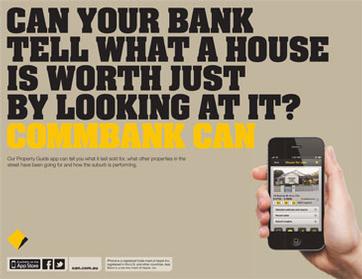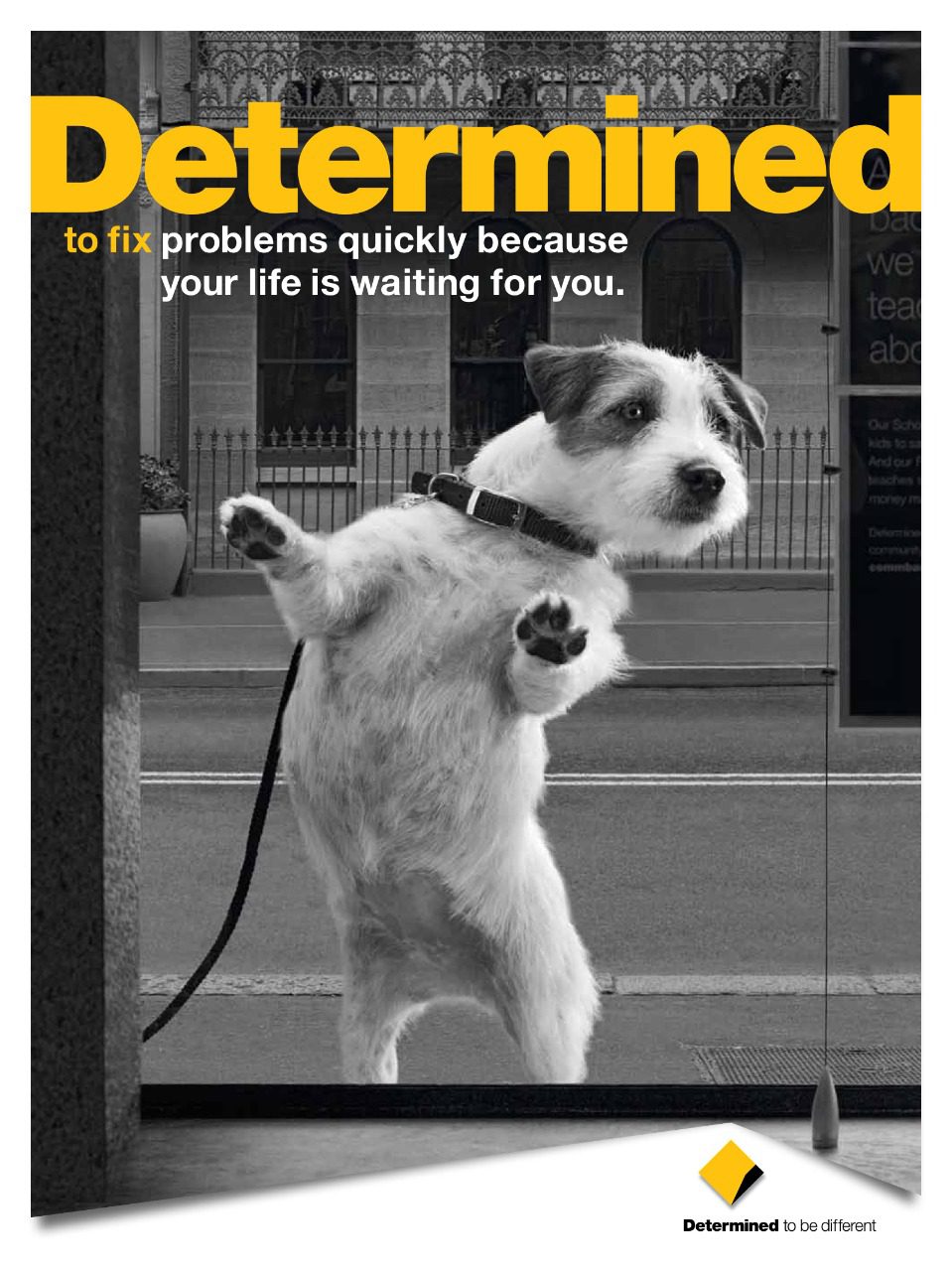One last oversized rate rise is broadly expected before the central bank is tipped to start winding its policy tightening back.
Since May, the Reserve Bank of Australia has hiked interest rates aggressively from record low levels to 2.35 per cent in a bid to tame inflation.
The rate rises have sent mortgage repayments soaring, with RateCity analysis showing a 0.50 percentage point hike would add $760 to the average borrower’s repayments compared to May.
With core inflation at 4.9 per cent – still well above the RBA’s target range of two to three per cent – the RBA shadow board is strongly in favour of another rate hike.
The Australian National University’s shadow board recommended a 50 basis point lift rather than a smaller 25 basis point hike.
The RBA shadow board said the domestic outlook remained upbeat, with the labor market still tight and business confidence generally buoyant.
But there are also challenges looming: Rising interest rates are expected to start weighing on consumer spending; and global conditions are worsening.
“Widespread downturns are likely, with a recession in Europe seen as a near certainty, especially as demand for natural gas going into winter increases,” the shadow board said.
Treasurer Jim Chalmers is also concerned about the global situation.
“In many of the major economies that we monitor most closely, the chances of a recession have edged over from possible to probable,” he told The Australian Financial Review.
“So, we’re not out of the woods by any measure when it comes to cost of living.”
Shadow treasurer Angus Taylor warned the treasurer to keep spending in the upcoming budget constrained despite government finances looking better-than-expected.
“Is he going to blow it? Is he going to spend all that? If he does, he will in the process drive up inflation and raise interest rates,” Mr Taylor said.
Dr Chalmers has committed to delivering a “bread and butter” budget with some targeted cost-of-living relief in areas like medicine and childcare.
Given the backdrop of uncertainty, there’s little agreement on how high rates will rise.
Of the big banks, Westpac is expecting the cash rate to peak at 3.60 per cent in February next year, but the Commonwealth Bank of Australia expects it will top out at 2.85 per cent in November.
NAB economists expect a peak of 3.10 per cent, and ANZ expects a 3.35 per cent high point.
While there are likely more rate rises to come, many expect the RBA to take the foot off the accelerator soon.
After five increases in a row, AMP Capital’s Shane Oliver said the RBA should be “slowing the pace of rate hikes to be able to assess the impact of rate hikes to date and allow for monetary policy lags”.
Meanwhile, the S&P Global purchasing managers index for manufacturing fell slightly from 53.8 to 53.5 in September.
And, according to the Melbourne Institute’s inflation gauge, the annual rate edged up from 4.9 per cent to 5.0 per cent.
– AAP
The post Rate rises tipped to slow in coming months appeared first on The New Daily.

















